Hidden Honshu: Hagi’s Castle Town
| Travel Reports by mfedley | view profile of mfedley |
| previous post |
| next post |
| Note: The opinions and views expressed in this user report are those of the individual author and do not necessarily reflect the opinions and views of japan-guide.com. |
July 15, 2018 - Hidden Honshu: Hagi's Castle Town

Hagi is the castle town on the Sea of Japan which contains one of the best preserved (if not best preserved) historical centres in the country. As I visited Hagi for 2 days, I will be breaking this town into three sections. This includes:
Post 1: Hagi Castle Town
Post 2: Hagi Shrine District & Temples
Post 3: Hagi's Residences
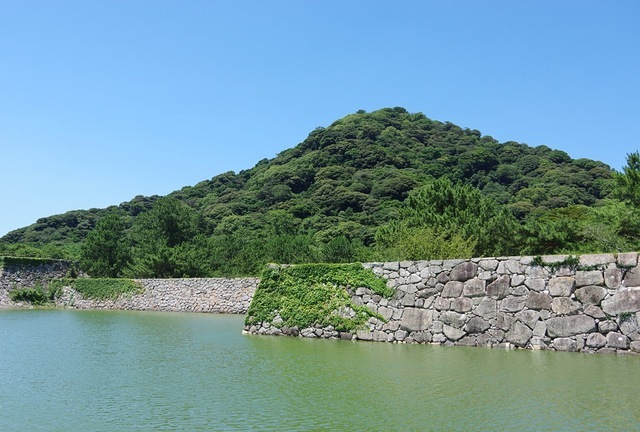
For my first stop in this post, I visited Hagi Castle which costs 210 yen to enter. There is a shrine in this castle along with some nice buildings which seem to have seen better days.
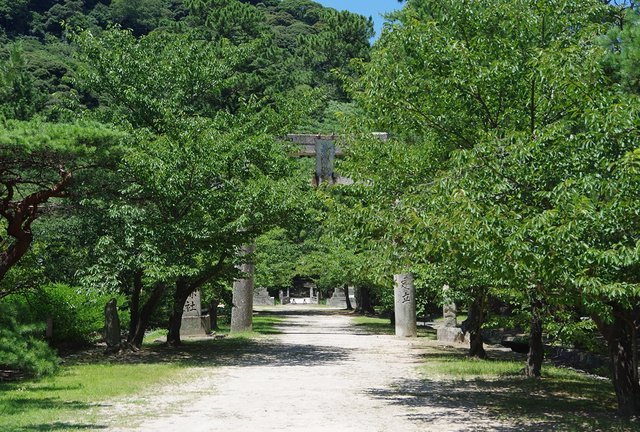
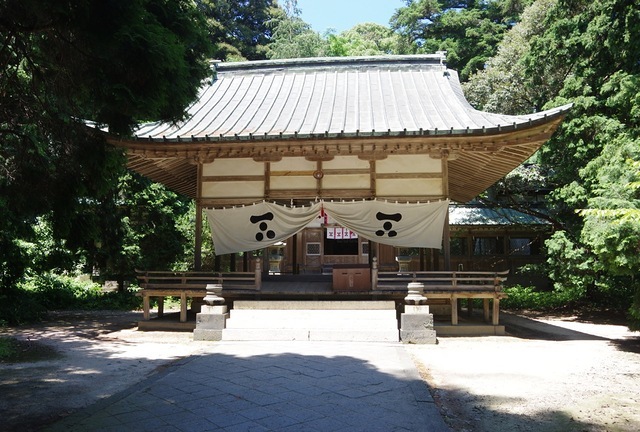
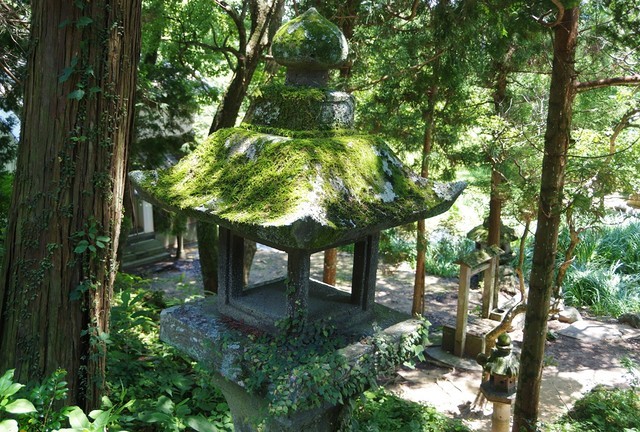
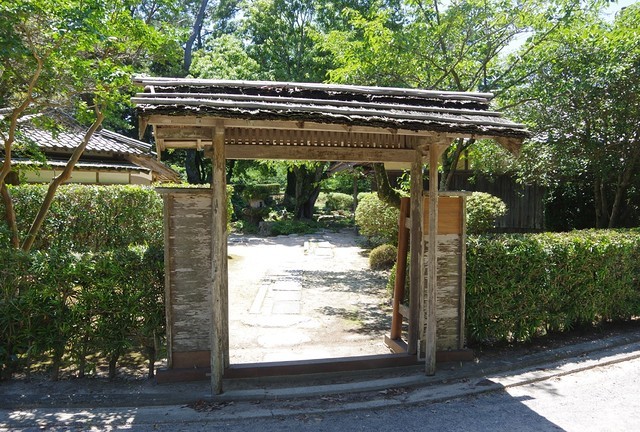

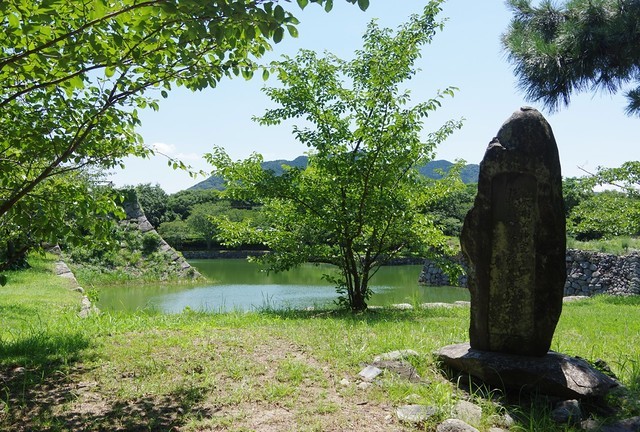
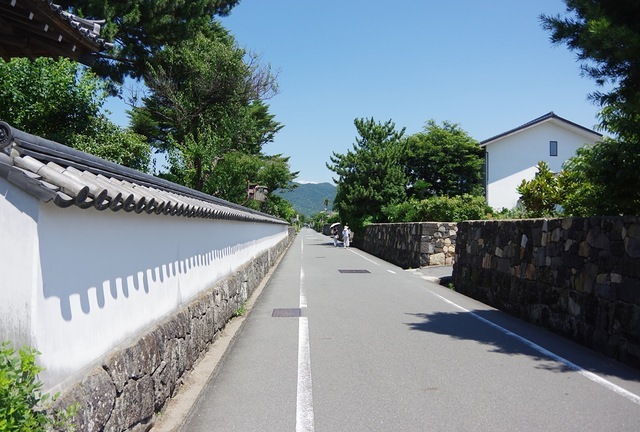
One of my favourite things about Hagi is how it is constructed. The old map of Hagi can basically be used as the map for today. There are also many different relics from the past which are not often seen in most castle towns.
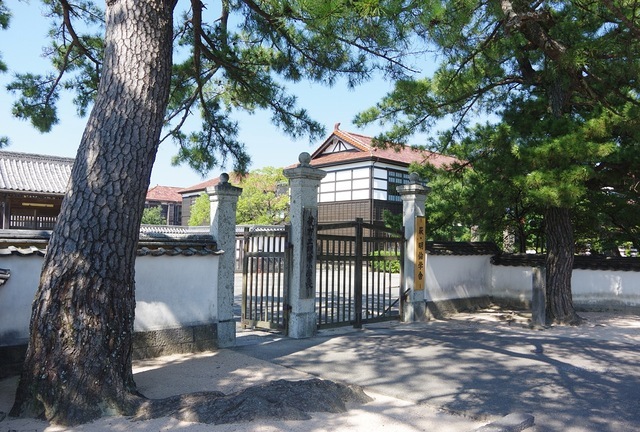
My second stop was the Meirin School which has recently opened. It was the original main elementary school in Hagi and was used for this purpose as late as the 2014/15 school year!
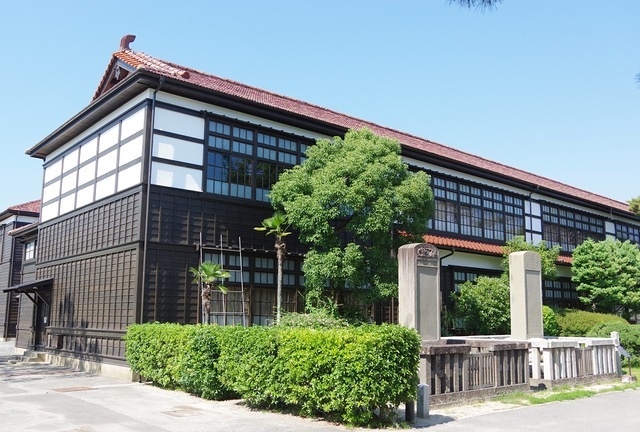
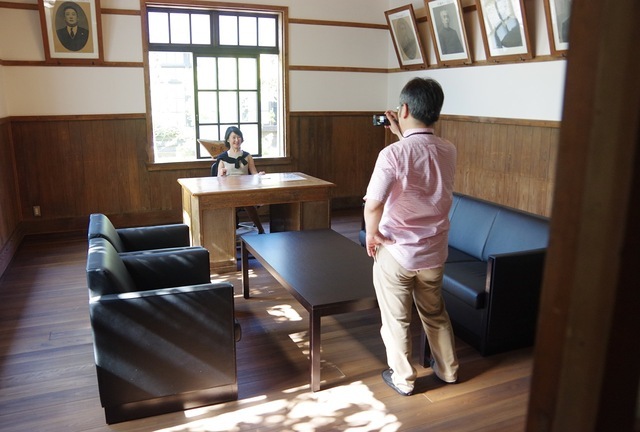
The Meirin School has town different sections. The free section has some nice restaurants, a tourist information room, the local geopark office and a museum showing schooling in Hagi. Note that you might be commandeered as a hire a crowd on a weekend to an odd but fun performance put on by locals.
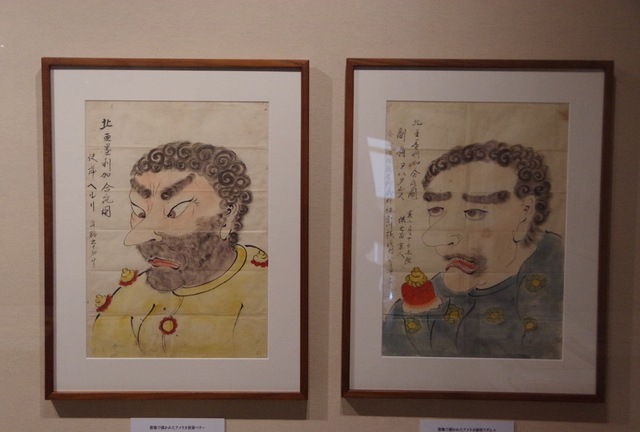
The second section costs 300 yen to enter and is definitely worth visiting. It shows how technology changed in Japan and this was extremely interesting. English translations were some of the best and detailed I have seen in Japan. There was also a not as interesting section on how some of the notables of Hagi helped bring around the Meiji restoration.
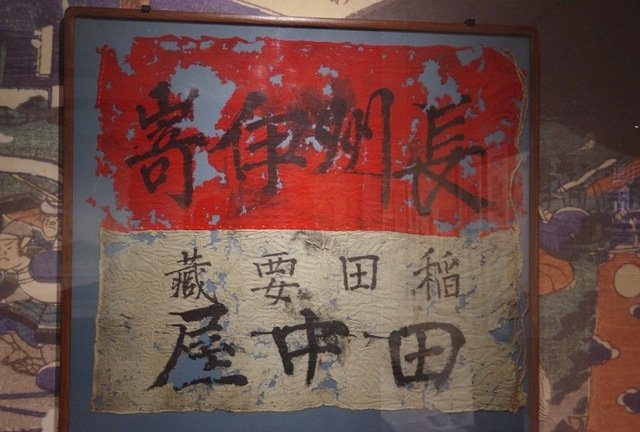
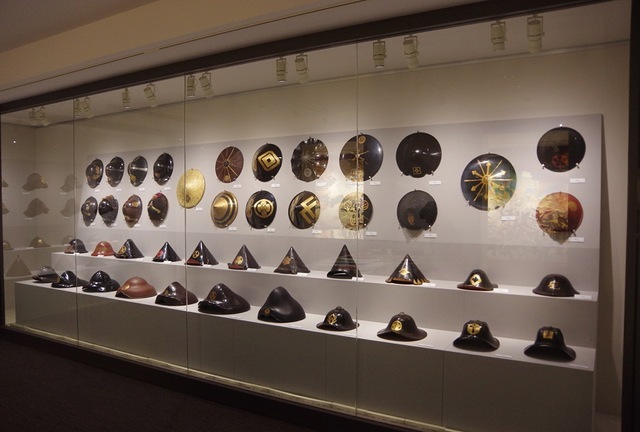
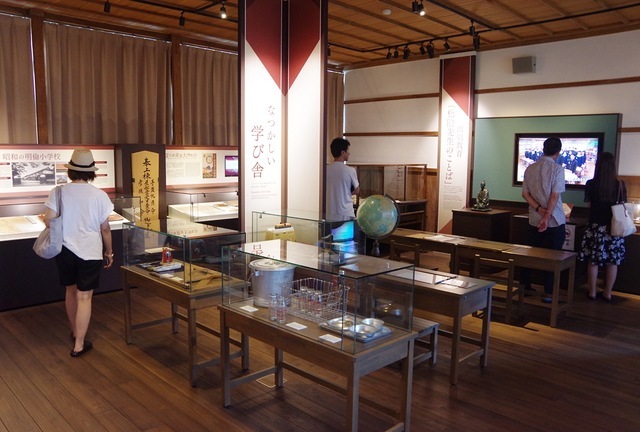
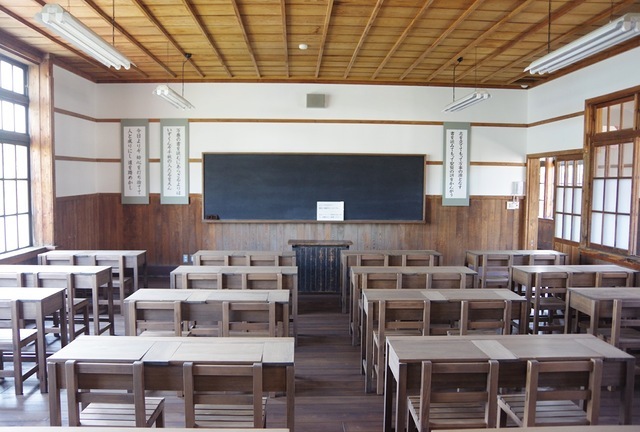
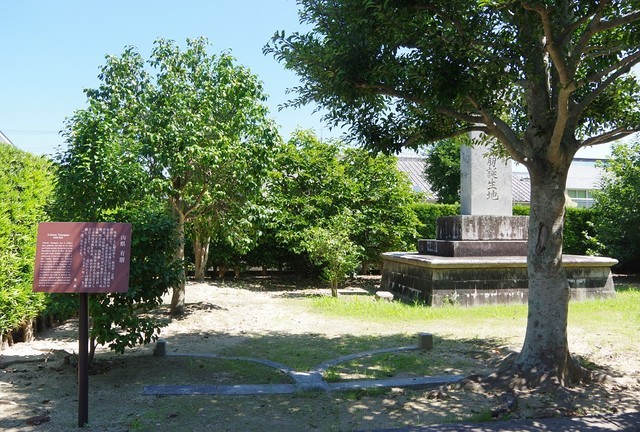
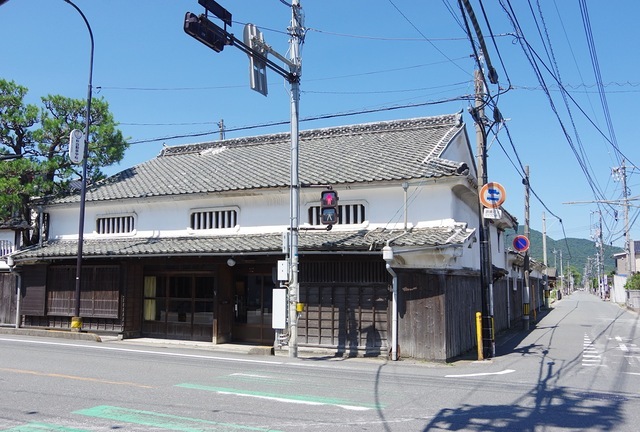
It's fair to say that Hagi has a large amount of historical buildings. In general, most historical buildings have good English and Japanese translations.
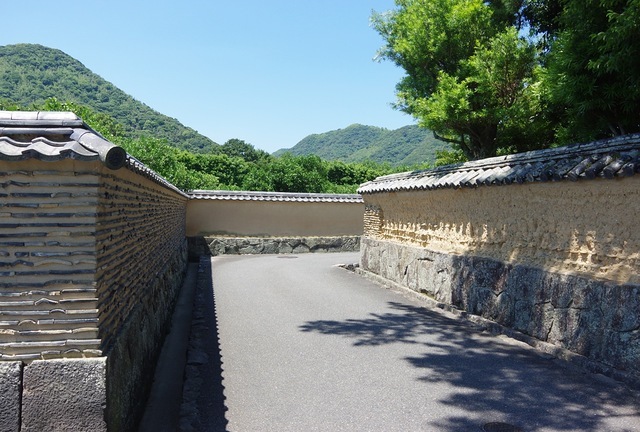
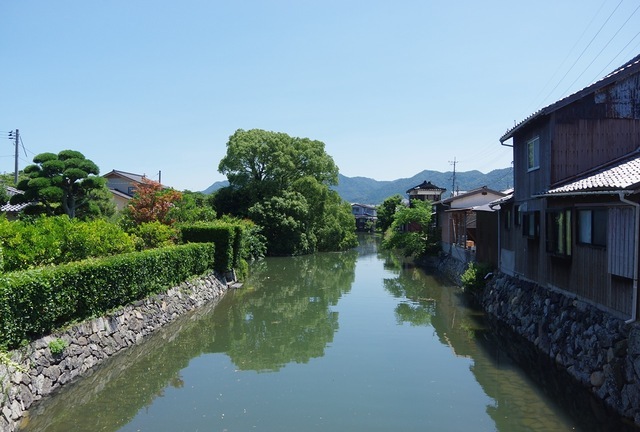
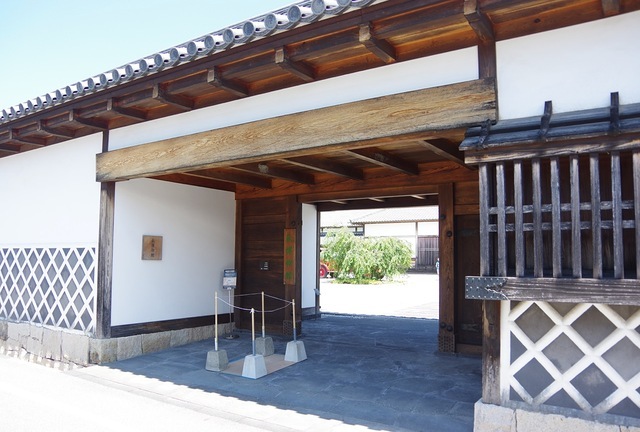
My next stop was the Hagi Museum which costs 510 yen to enter. What was strange was this museum was absolutely packed when I visited on Sunday - mainly with locals. They had an animals of the deep exhibit which seems to be a specialty of a local university.
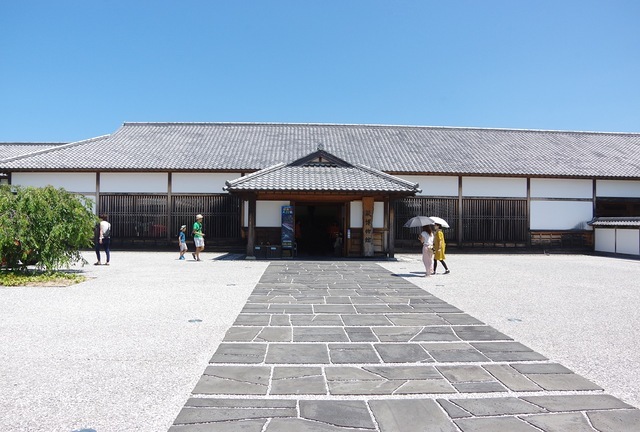
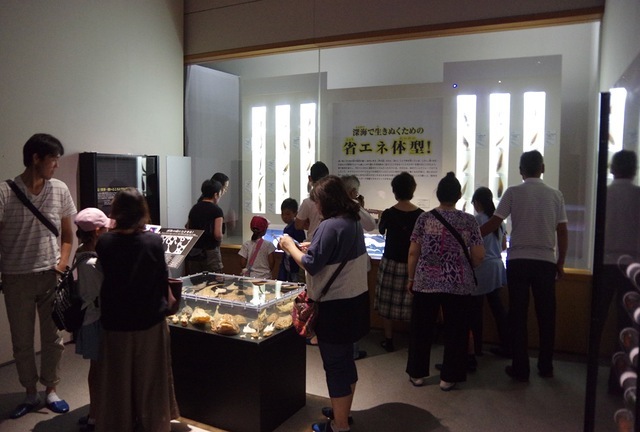
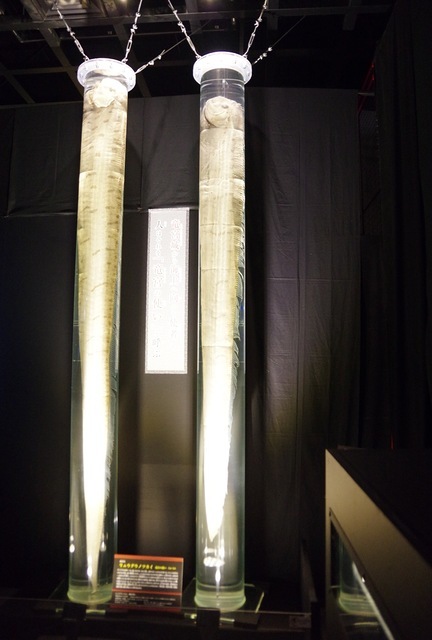

The general exhibition was ok but a little lacklustre after the Meirin School. English translations are reasonable here and it's better than some other local museums which I've seen in the past few days (including upcoming posts!)
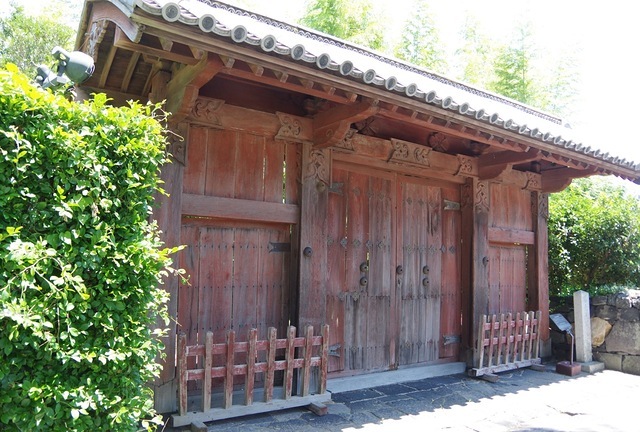
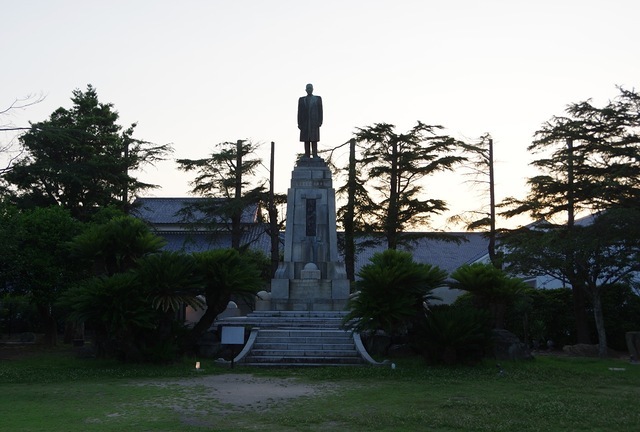
Hagi is also famous for it's pottery. Due to this, there are also many other museums that I did not visit which shows all of this in it's glory. Do note that I have a strong aversion for anything that is related to pottery - which is the main reason I have not visited Arita in Saga prefecture yet.
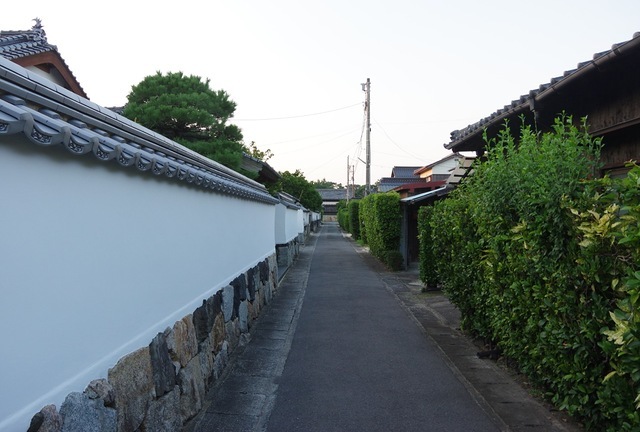
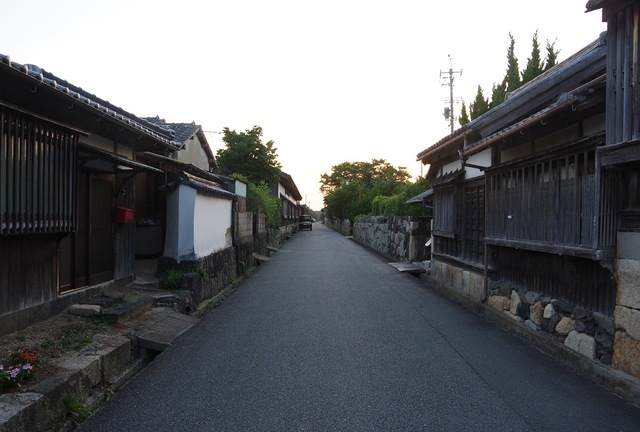
One of the best things to do in Hagi is to just walk the streets and get lost. In some places, it honestly feels as though it is 300 years ago.

This post may not seem as though it has as much as my other posts, but you will understand when you see my next two posts which have lots of different locations each along with some of the most photogenic locations in the whole of Japan. My next post will cover the Shrine District and the temples found in Hagi.
Further Information:
Hagi Tourist Information: http://www.hagishi.com/en/
| previous post |
| next post |